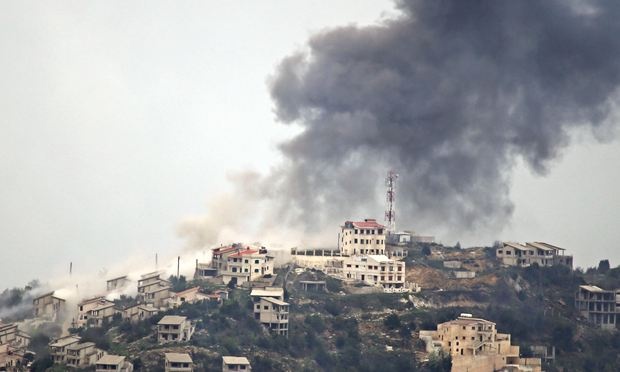The Al-Nusra Front Attacks Kassab on Christmas

On the morning of Christmas Eve, the militants from the Al-Nusra Front (Jabhat Al-Nusra) and the Liberators of the Levant Movement (Harakat ‘Ahrar Al-Sham) attempted to infiltrate into the northern Latakia city of Kassab from the Turkish border; however, they were repelled by the Syrian Arab Army (SAA) as soon as they approached Eagle Mountain (Jabal Al-Nissr).
The assault by Jabhat Al-Nusra and Harakat ‘Ahrar Al-Sham was meant to be a surprise attack that was geared at retaking the areas lost last winter to the SAA and National Defense Forces (NDF) in Kassab. The members of the SAA and NDF were well-prepared this time around, with multiple garrisons and fortified dugouts used to combat any militants attempting to infiltrate into this beautiful city on the Turkish border.
Militants from Jabhat Al-Nusra and Harakat ‘Ahrar Al-Sham fired a multitude of rockets at the SAA and NDF positions, but they were ineffective due to the strong fortifications and retaliatory bombardment campaign from the Syrian Arab Air Force (SAAF) near the Turkish border. The SAAF rained hell from the air, as they targeted multiple convoys and entrenched militants near Jabal Al-Nissr.
According to a military source, at least 30 militants from the Al-Nusra Front and ‘Ahrar Al-Sham were killed during this infiltration attempt. The source also added that 2 SAA, 3 NDF, and 1 SSNP soldier were confirmed “killed-in-action” (KIA).
After their failed attempt to breach the SAA’s frontline defenses, Jabhat Al-Nusra and ‘Ahrar Al-Sham, withdrew from the outskirts of Kassab in order to avoid the persistent bombing raids from the Syrian Air Force. Earlier today, a few firefights were reported from the Turkish border, but the majority of fighting in the Latakia Governorate took place in the village of Doreen.







